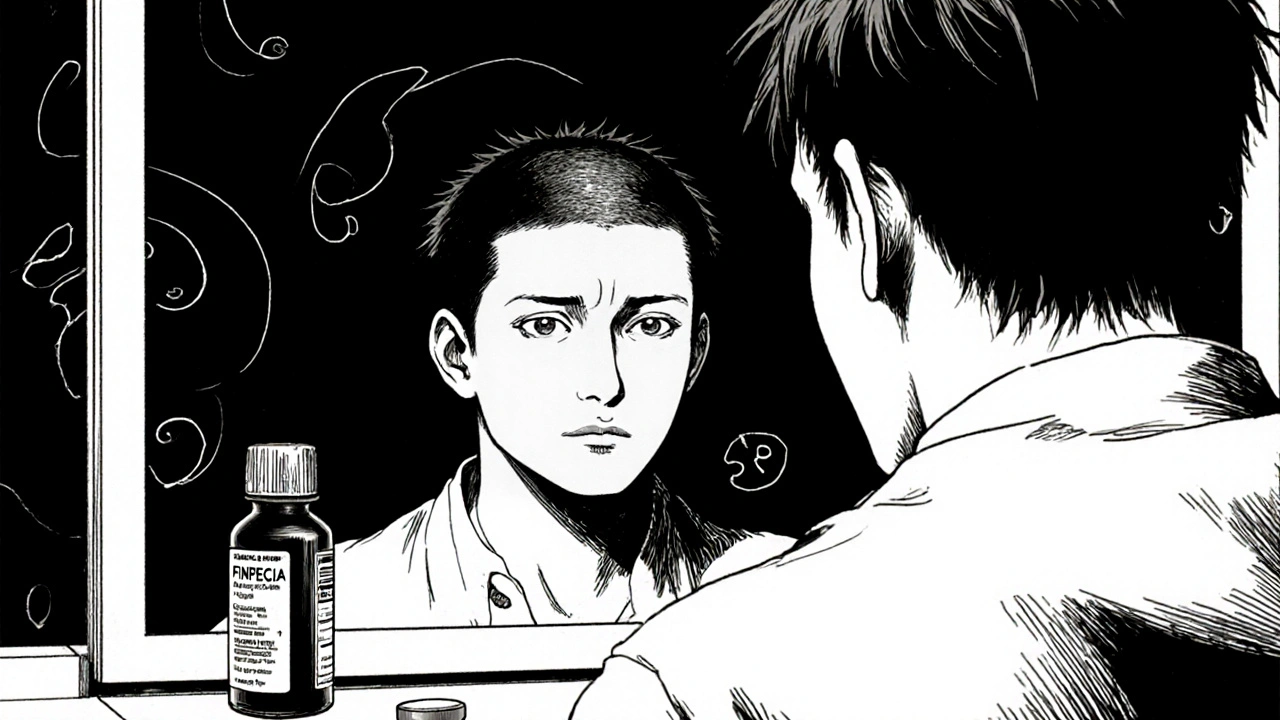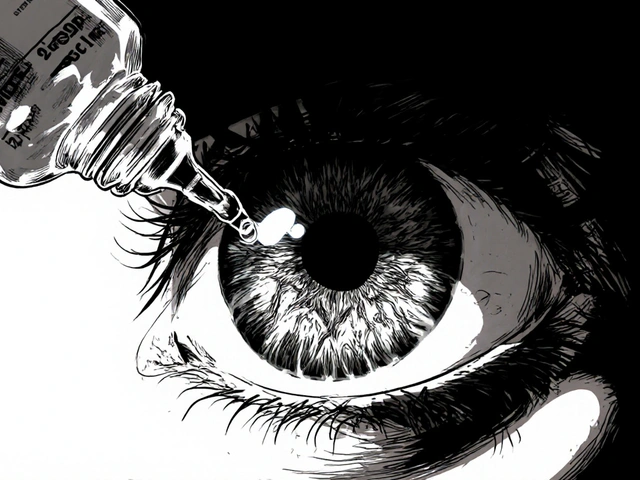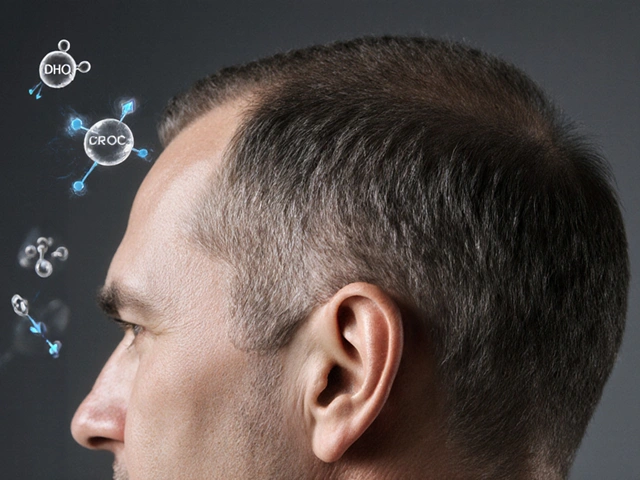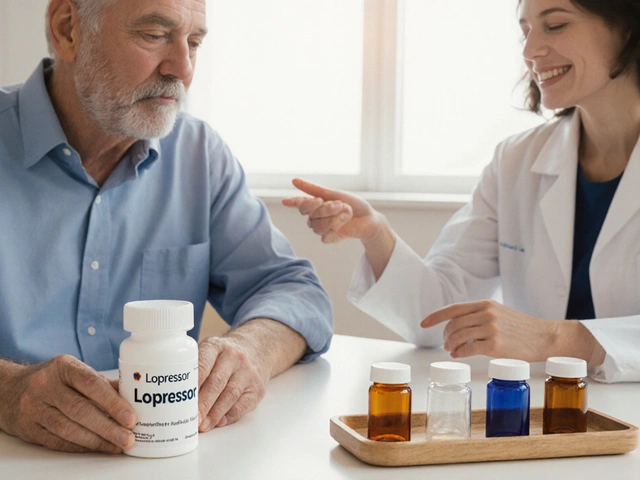Finasteride: Uses, Benefits, Side Effects & Dosage Guide
When working with Finasteride, a prescription pill that blocks the conversion of testosterone into dihydrotestosterone (DHT). Also known as Propecia or Proscar, it is used to treat both androgenic alopecia, male‑pattern hair loss caused by DHT and benign prostatic hyperplasia, enlargement of the prostate gland that can cause urinary problems. The drug works by lowering dihydrotestosterone, the hormone that shrinks hair follicles and enlarges prostate tissue, making it a key player in both hair‑loss management and prostate health.
The core idea is simple: Finasteride cuts the supply of DHT, and without that hormone the hair follicles stop shrinking. In men with androgenic alopecia, studies show that about two‑thirds notice thicker hair after a year of daily use. For those dealing with benign prostatic hyperplasia, the same reduction in DHT leads to a smaller prostate, easing urinary flow and decreasing the risk of acute urinary retention. Doctors often track prostate‑specific antigen (PSA) levels while patients are on the medication to ensure the gland isn’t changing in unexpected ways.
Dosage Basics and What to Expect
Prescription strength varies by purpose. For hair loss, the typical dose is 1 mg taken once a day; for BPH the approved dose is 5 mg daily. The drug is taken with or without food, but consistency matters—missed doses can delay results. Most users start seeing a slowdown in hair loss within three months, but visible regrowth can take six to twelve months. Because the effects are gradual, doctors recommend a trial period of at least a year before deciding if the medication is worth continuing.
Side effects are the part most people worry about. The most common are reduced libido, erectile difficulty, or a slight decrease in ejaculate volume. A small percentage report mood swings or breast tenderness. These issues usually appear early in treatment and often improve with time or dose adjustment. If side effects persist, it’s vital to talk to a healthcare professional; they might suggest a lower dose or an alternative therapy.
In practice, successful use of Finasteride comes down to clear communication with your doctor, regular monitoring, and realistic expectations about results. Below you’ll find a curated set of articles that dive deeper into dosage tips, managing side effects, and the latest research on hair‑loss and prostate health, giving you the tools to make an informed decision about this medication.

Finpecia (Finasteride) vs. Popular Alternatives: A Detailed Comparison
A thorough comparison of Finpecia (finasteride) with other hair‑loss treatments, covering how they work, side effects, costs, effectiveness, and tips for choosing the right option.




